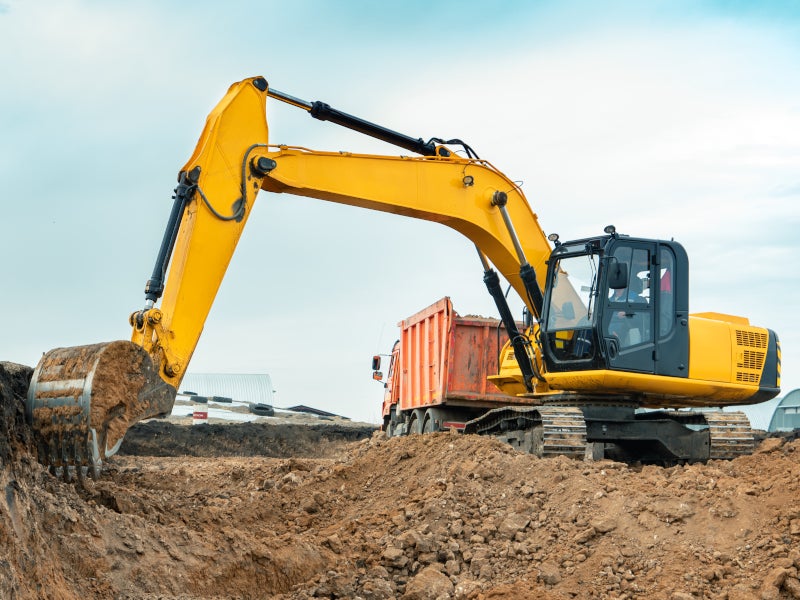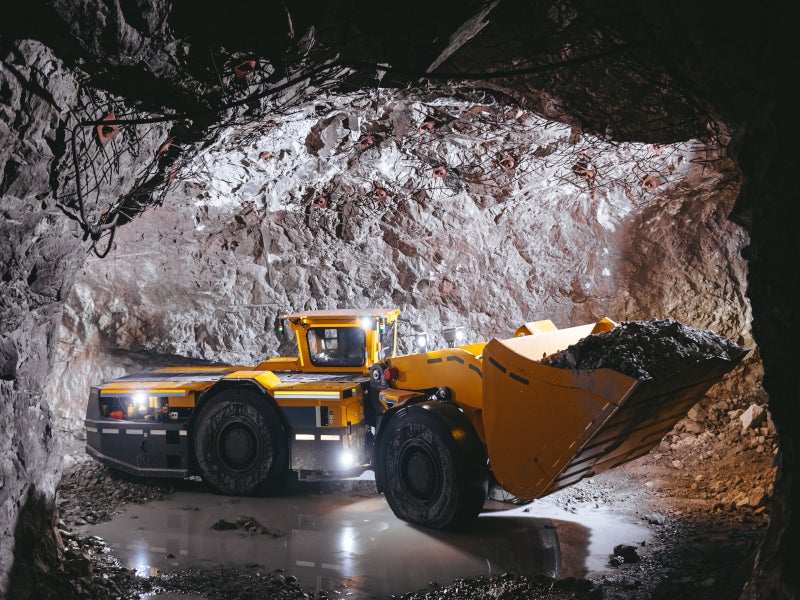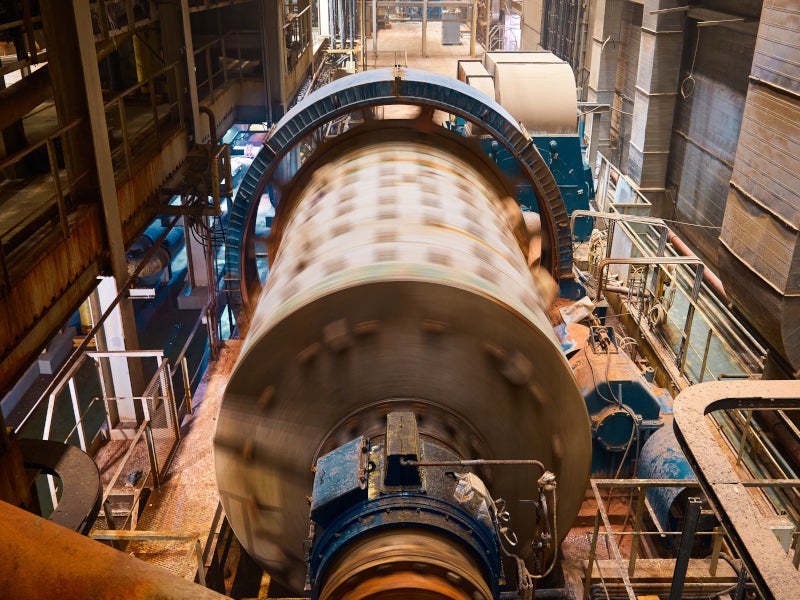The Cactus Mine, situated in Arizona, US, represents a significant copper production venture, encompassing both open-pit and underground mining operations.
The project is owned by Arizona Sonoran Copper (ASCU) through its wholly owned subsidiary, Cactus 110.
The prefeasibility study (PFS) of the project was completed in February 2024 while the definitive feasibility study is scheduled for completion by the end of 2024.
The project is estimated to have a life-of-mine (LOM) of 21 years and is expected to yield an average annual copper production of 55 kilotonnes.
The total initial capital cost for the Cactus project is estimated to be $515m.
Location
The Cactus project lies 64.3km south-south-east of the Greater Phoenix metropolitan area and 4.8km north-west of Casa Grande city, in Pinal County, Arizona.
The project is located at the historic Sacaton mine site, positioned 16km west of the Interstate 10 freeway, and spans a total area of about 5,380 acres.
Geology and mineralisation
The project is located in Arizona’s Basin and Range province and is characterised by a large porphyry copper system, with the main host rocks being Precambrian Oracle Granite and Laramide monzonite porphyry.
The mineralisation is complex in nature, with the presence of supergene sulphides such as chalcocite and covellite.
The mineralised zone is capped by a leached layer of varying thickness, containing significant but unevenly distributed oxidised copper minerals, including chrysocolla, brochantite, and malachite.
Open-pit mining
The Cactus mine plan involves production from four distinct mining areas, namely Cactus West Open Pit, historical stockpile, Cactus East Underground, and Parks/Salyer Underground.
The initial production schedule will prioritise surface ore sources from the historic stockpile and Cactus West Open Pit, commencing in the first year of operation. The Parks/Salyer underground development will also be underway in year one.
By year seven, Cactus West and the Stockpile ore sources will be exhausted, transitioning the ore stream exclusively to underground sources.
The Cactus East deposit is scheduled for later development, in year eight.
The Cactus West open pit will be mined in two phases on 20ft benches, forming 60ft-high triple benches with a 27ft-catch bench with a strip ratio of 1.9:1.
Drilling operations will deploy six down-the-hole hammer drills to accommodate 20ft or 40ft bench heights for wall control drilling.
The mining fleet will utilise two 30yd3 hydraulic shovels, five 15yd3 loaders, and 24 units of 150-tonne (t) rigid body trucks.
The larger shovels will be operational in the Cactus West Pit while loaders will work in the Stockpile area and support operations in Cactus West. Grade control will rely on cuttings from production blastholes.
Underground mining
The underground mining operations will involve sublevel open stoping, room and pillar, inclined caving, block caving, and sublevel caving (SLC) methods.
The Parks/Salyer level will commence at 1,120ft below the surface, incorporating 11 sublevels down to a final depth of 1,930ft below the surface.
The smaller Cactus East development will begin 1,325ft below the surface, consisting of seven sublevels down to a final depth of 1,845ft below the surface. Access will be through a single decline with a portal situated within the existing Cactus West pit.
Ore haulage to the surface will be via a vertical conveyor, which can be supplemented with additional infrastructure.
Each level will be designed to allow the SLC cave front to retreat towards the decline, including the intra-level infrastructure.
Ore processing
Run-of-mine (ROM) material will be transported by haul trucks to the crushing circuit, where it will be reduced to a size of 75% of an inch.
The material will then be conveyed via an overland conveyor to agglomeration drums, mobile transfer conveyors, and a mobile radial stacker before being placed on a heap leach pad.
Dilute sulphuric acid within the leaching solutions will be applied to the top of each layer, allowing it to percolate through the copper-containing material.
The pregnant leach solution will be processed in a copper solvent extraction electrowinning plant, which will initially be capable of producing up to 30,000t per year of copper cathodes.
The electrowinning circuit will be doubled in size from year three, boosting the plant’s capacity to 60,000t per year.
Copper electrowinning will initially utilise 52 cells, expanding to 104, made of polymer concrete and containing 81 cathodes and 82 anodes each, connected to two rectifier transformer units, with two additional units added during expansion.
The final copper cathode product will be bundled up, weighing up to 5,000lb each and will be sampled, weighed, labelled, and strapped before being stored in a secure area for collection by a copper broker for transport and sale.
Site infrastructure
The property is accessible from the west Maricopa Casa Grande Highway, which connects Casa Grande and Maricopa, Arizona.
The Bianco Road, which is the primary access route is a paved road, which will undergo repairs and enhancements. An additional asphalt layer will be added to ensure it meets the requirements for daily operational traffic.
Water is sourced from an existing supply facility, via a 16in pipeline currently providing up to 600 gallons per minute to an existing on-site pond from off-site well sources.
Potable water will be supplied by Arizona Water Company via an existing 12in pipeline.
The high-voltage transmission from the grid will be connected by a distribution overhead power line to a new 69kV/13.8kV substation on site to meet the electricity demands of the process design.
Contractors involved in the Cactus mine
Ausenco, a global engineering company, was engaged by ASCU to manage and coordinate the work related to the PFS and the technical report.
It also assisted with the infrastructure design, leach pad design, and the compilation of the overall cost estimate and financial model.
AGP, a mine engineering business, and Call & Nicholas, an international mining consulting company, were contracted to provide the mining methods for the underground and open pit.
AGP was responsible for designing view berms, waste piles, and the stockpile relocation. Its scope also included capital and operating cost estimations.
Samuel Engineering, a multidiscipline engineering, procurement, fabrication, and construction company, was tasked with providing the mineral processing and metallurgical testing basis and plant design, including the associated capital and operating costs.
ALS Geo Resources, a mineral processing company, was appointed to supply background data for the project, covering local history, mineralisation, exploration, quality assurance/quality control, general geology, the creation of the resource model, and the estimation of final resource numbers.





